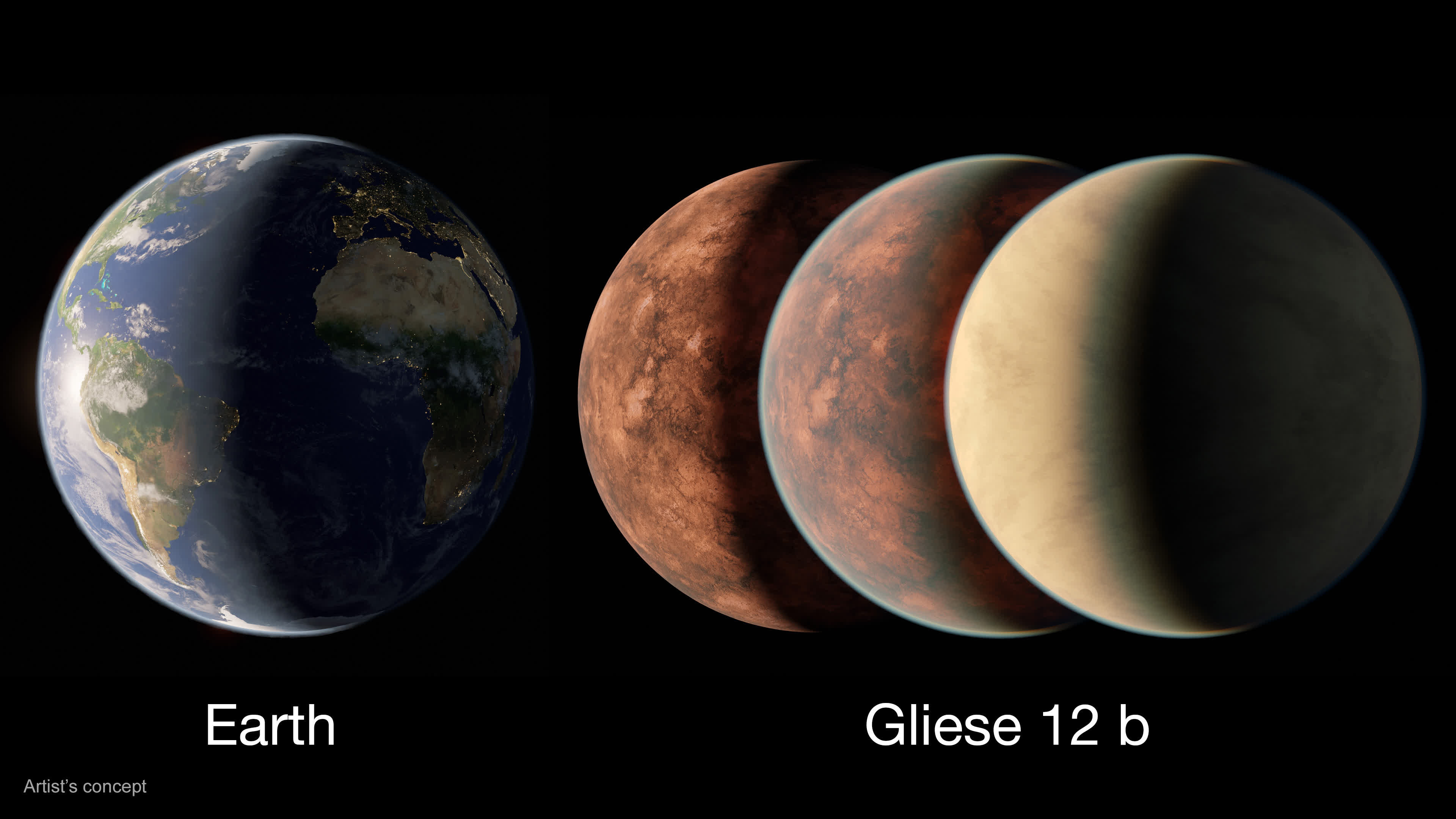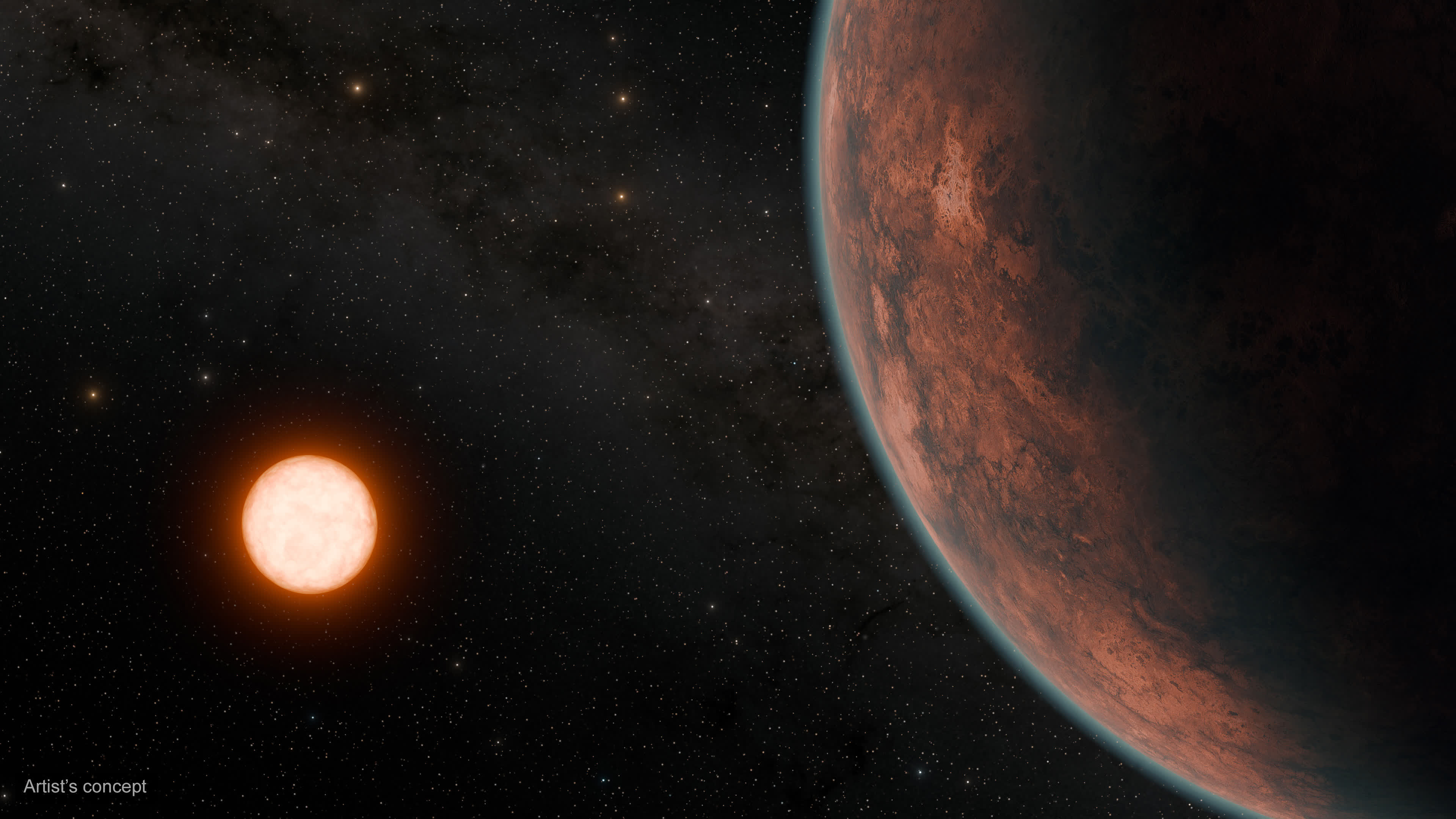Planet hunting: Astronomers have spotted a potentially Earth-like exoplanet in a nearby region of space that could be in its host star's habitable zone, meaning the conditions are ideal to support liquid water on its surface.
Gliese-12b is located about 40 light-years away in the constellation Pisces, and orbits a cool red dwarf known as Gliese 12. It was observed using NASA's TESS (short for Transiting Exoplanet Survey Satellite), with supporting data from other observatories.
As NASA highlights, the star is just 27 percent the size of our own Sun and is only 60 percent as hot. Notably, Gliese-12b orbits very close to its host star – just seven percent of the distance between the Sun and Earth – meaning it receives more energy than we do from the Sun.
Data suggests the planet receives 1.6 times more energy from its star than we do from our Sun, or about 85 percent of what Venus gets. It orbits its star once every 12.8 days and is about the same size – or just a tad smaller – than Earth. That makes it much smaller than WASP-193b, a "fluffy" gas giant in our own Milky Way that is about 50 percent bigger than Jupiter but far less dense.

Astronomers aren't yet sure if Gliese-12b has an atmosphere. Assuming it doesn't, it is estimated to have an average surface temperature of 42 degrees Celsius, or about 107 degrees Fahrenheit. That is equivalent to a hot summer day here on Earth, but certainly mild enough to support liquid water.
Shishir Dholakia, a doctoral student at the Centre for Astrophysics at the University of Southern Queensland in Australia, said the planet is one of the best targets to study to determine if Earth-size planets orbiting cool stars can retain their atmospheres.
As such, Gliese-12b is an excellent candidate for additional study using the James Webb Space Telescope. The cutting-edge observatory could tell us how much atmosphere the exoplanet has and provide hints about its composition.
Papers on the newly discovered planet have been published in The Astrophysical Journal Letters and in Monthly Notices of the Royal Astronomical Society.
